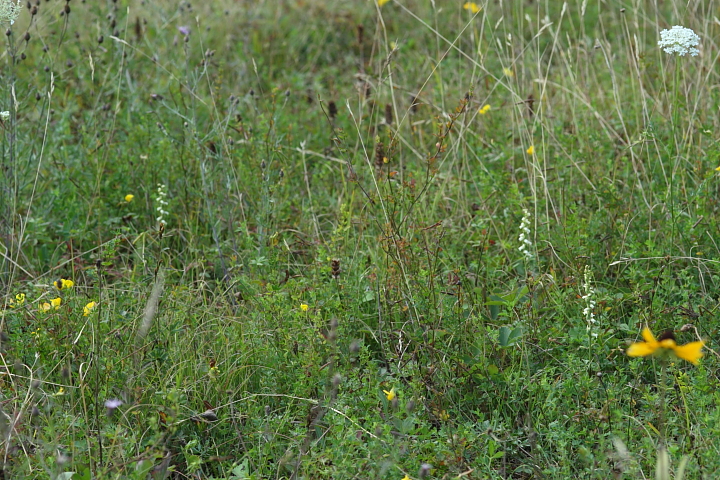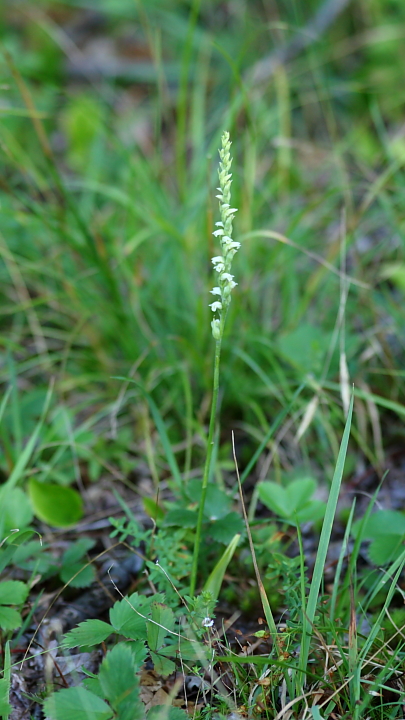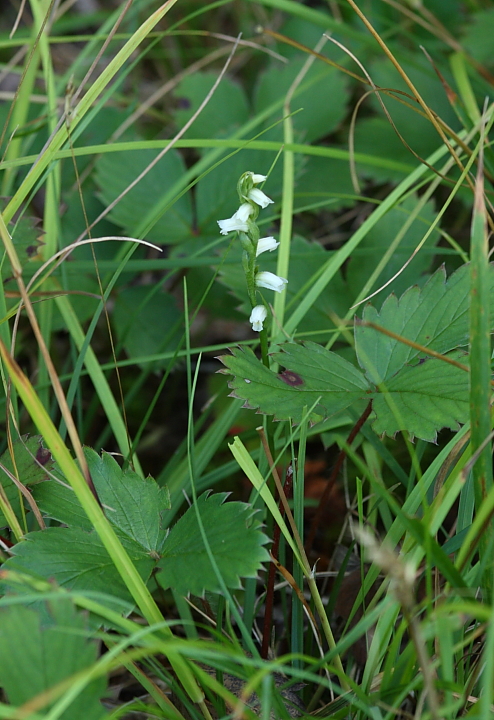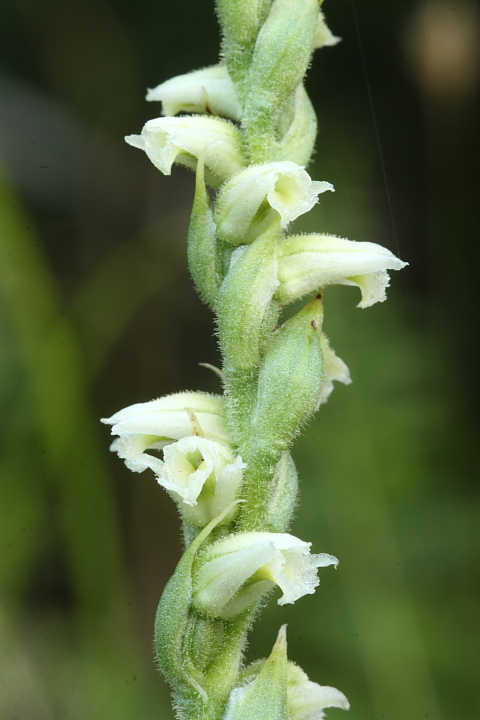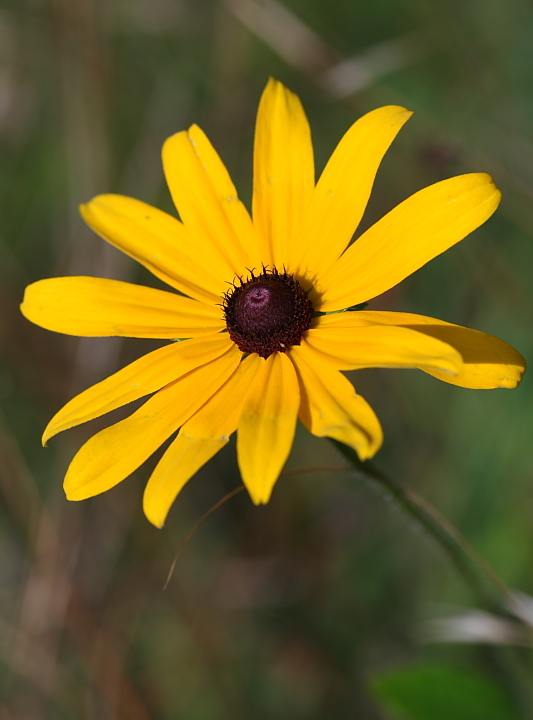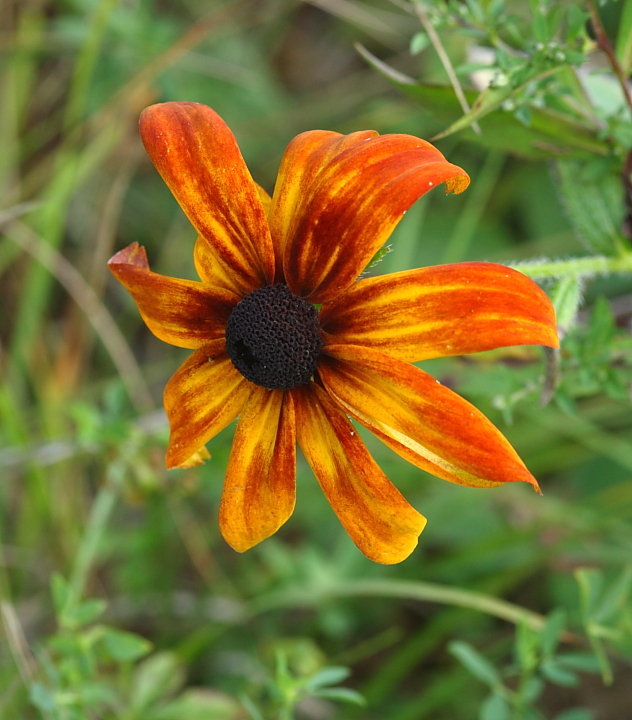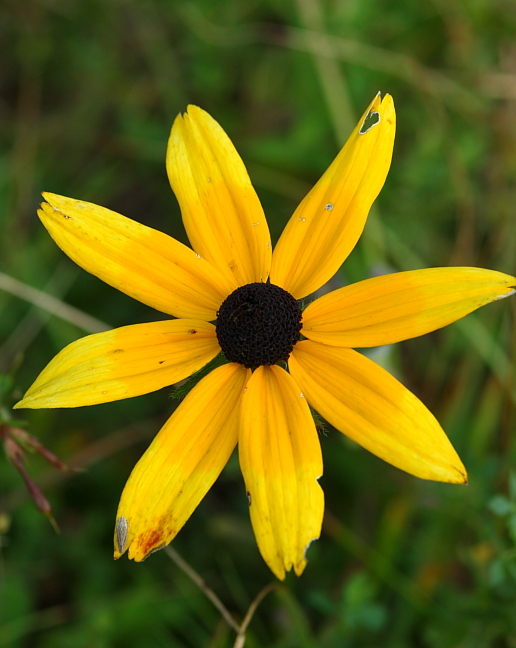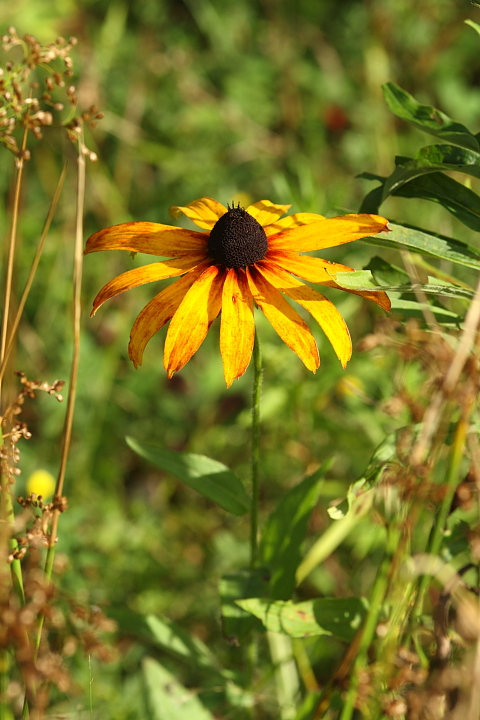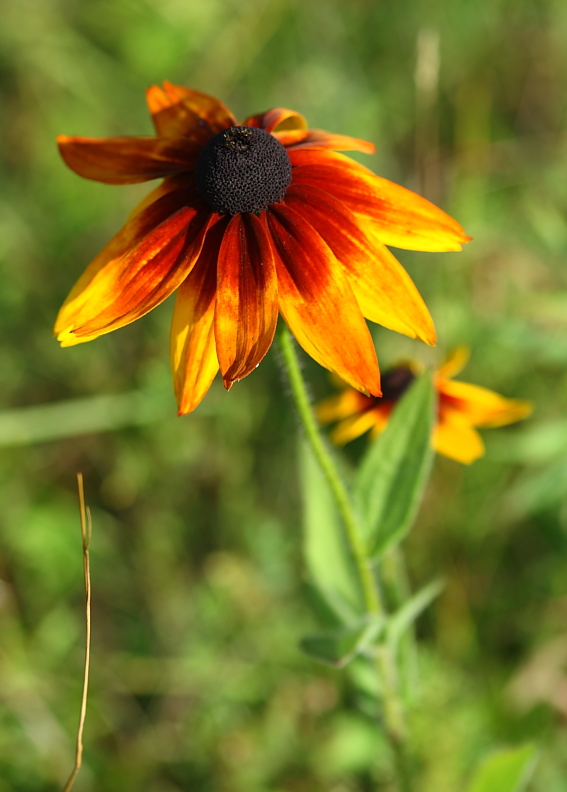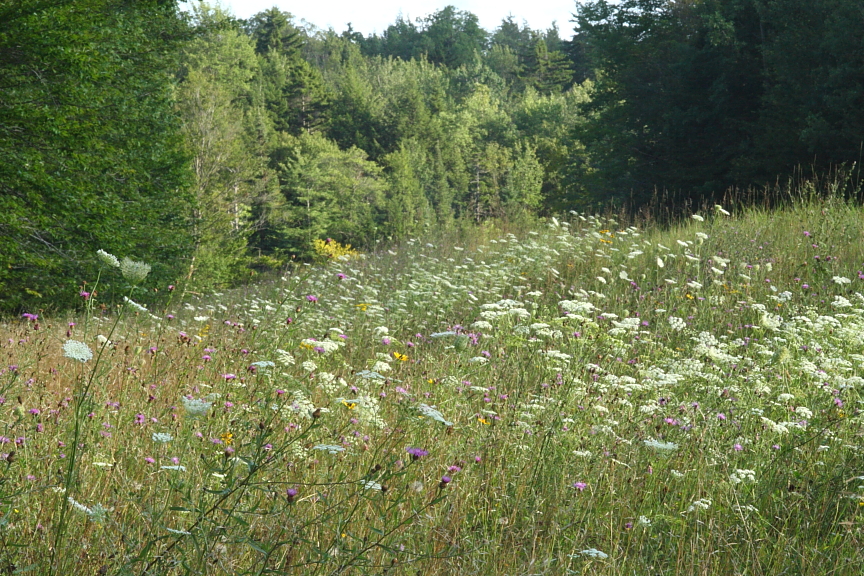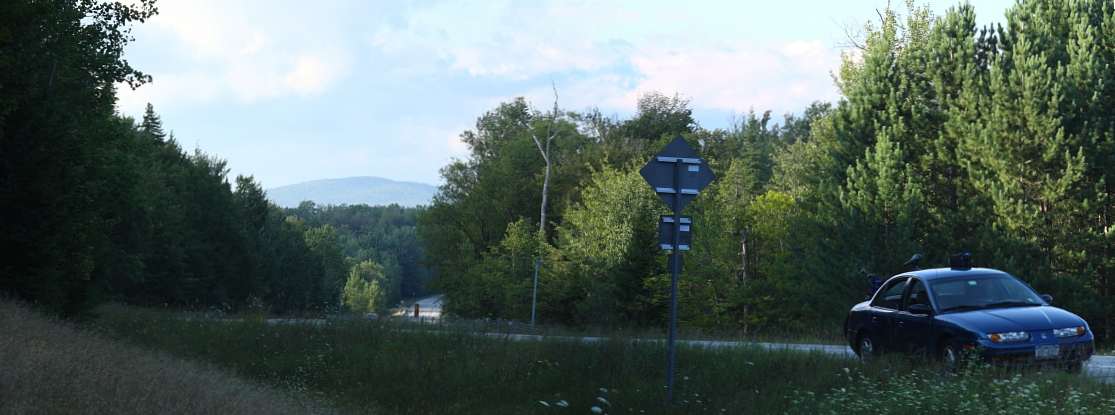last monday I had planned to join up with Bard Prentiss and Ken Hull to see spiranthes casei in a new spot quite a bit distant from all the others found
in new york state (cortland county). little did I know that the morning would be a little less than calm... was stuck in slow gear and was late getting
out the door and had to drive over an hour over hill and dale to get to this far distant hilltop; no interstate highways between here and there. using
my trusty delorme atlas I found a 'shortcut' and turned onto it. a few miles down the road I saw a detour sign.. (sigh). went a little ways, and the road
started turning the opposite direction from where i wanted to go! (good job charles) I stopped to check out the map to see where the road was going,
not good. got back on the road, noticed was steering poorly; stopped near a barn, had a flat tire! (sigh and head shake) found a screw in my front
tire... I put a tire plug in the hole and started pumping the tire back up with my tiny air pump that plugs into the cigarette lighter; tire is halfway
pumped up, the pump breaks! hmmmmmm... I look at the map again and decide to drive slowly to some sort of civilization (i'm way out there in the
middle of sticksville) and use a gas station air pump to finish filling the tire and head to the meeting spot. I get to the nearest 'town' and they don't
have a gas station. I get cell phone reception, hear Ken asking me "where the heck are you?"; I try to call, no luck phone turned off. so, up to the
orchid spot with a half-filled tire. I get there and there's a long gravel road down to the spot; lucky I have my mountain bike on the back of the car.
gear up, ride perilously down the path to the spot; Ken says 'we just got here five minutes ago!'. later on I stopped at an auto parts store just before
they closed, and they had small air pumps on sale (cha-ching!)
the orchids were in a scraped area in a hollow of a tall hillside, actually at about 1800' above sea level. the area used to be a ski area and had remnants
of such and different corrals probably used for horse; may have been a private dude ranch and ski area back in the mid-1900's but long shut down. spiranthes
casei can be found in the upper adirondack mountain park and in new england, and in this distant station of cortland county which is about as high as the
other locations east of it. the elevation keeps the temperature cooler (or maybe more importantly not as extremely high as other areas). extreme high
temps do in a lot of native orchids that are found to the north, like cypripediums. casei can be found in spots that have been cleared of topsoil and don't
support many other plants, meaning that there can be openings for these plants to grow up without being shaded or crowded out by the plants around
them. usually the soil is packed clay and this spot has a thin layer of packed soil over the shale that is commonly found in this part of central upstate ny.
casei used to be called 'the northern variety of spiranthes vernalis', which is found along the coast of new england/ny and down south. though superficially
similar, vernalis usually much larger both in plant and flower size
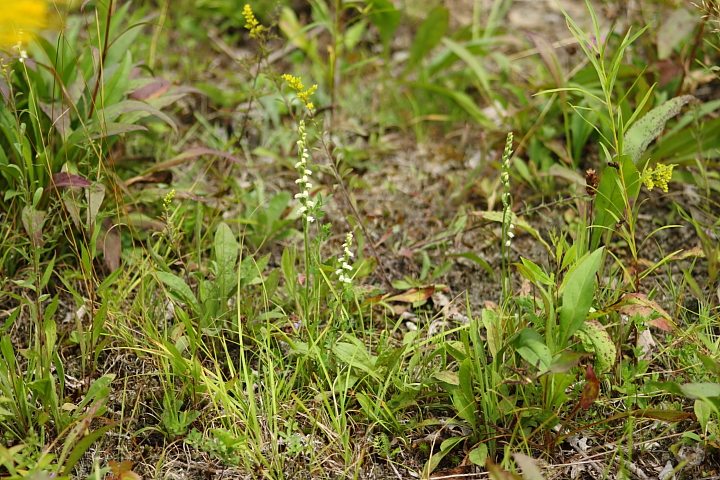
typical casei site presentation
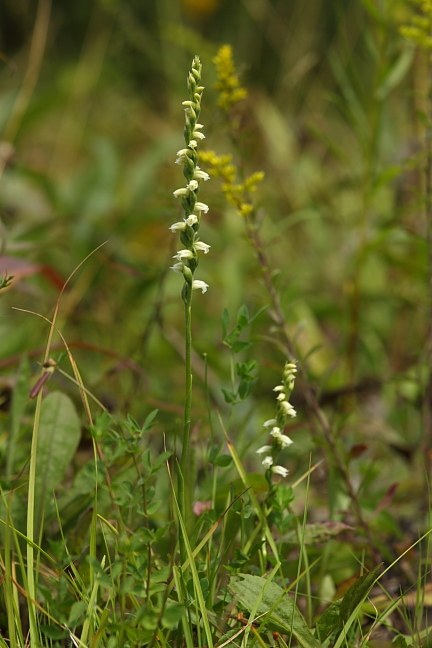
once you've seen a few different spiranthes in situ, you can sort of tell when you are looking at a casei at a little distance. the flowers present very close together,
are small and there is quite a bit of green between the white spiral up the stem. with a quick glance you can often recognize a casei plant
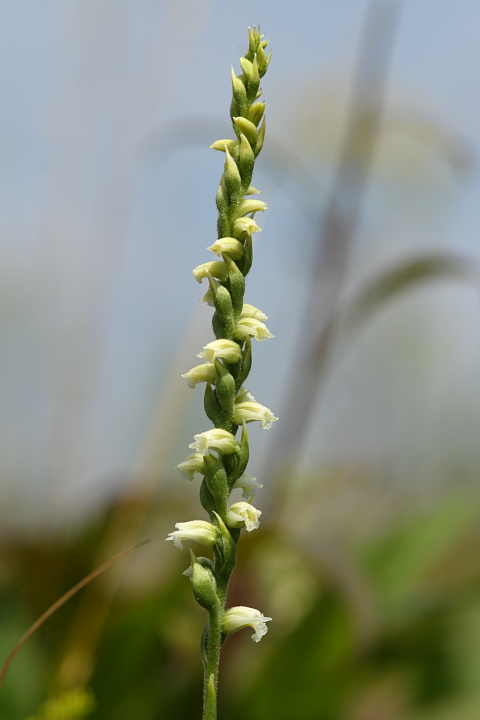
nice plant viewed from below with sky as backdrop
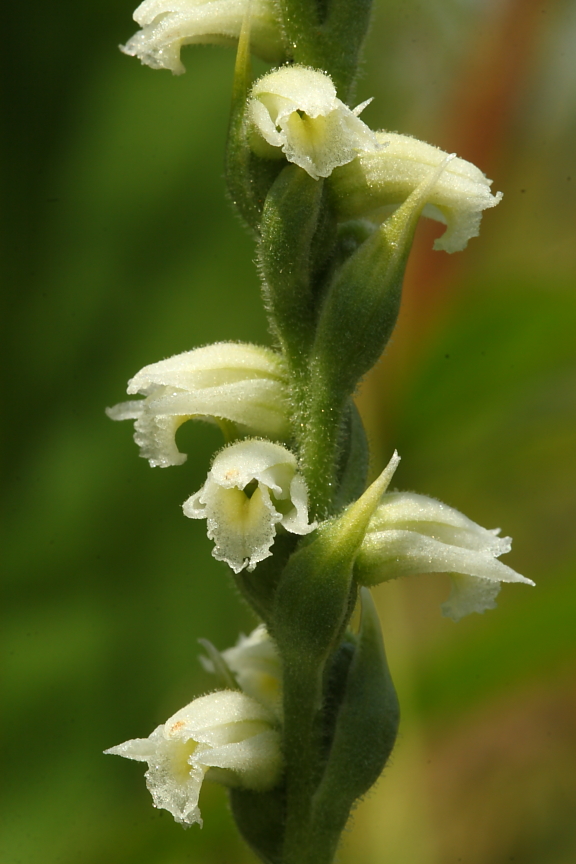
the top sepal of casei hangs closely over the top of the throat of the flower and if you can manage to look underneath the lip, it will be sort of butterscotch yellow.
also if you crush a flower it can have a bitter fragrance. the front opening of the flower is usually very constricted by the convergence of the petals and sepals.
the flowers of spiranthes cernua, for instance which flowers often nearby and a little later on, flare very widely open and the top sepal flares upwards sharply rather
than tipping down over the throat towards the lip
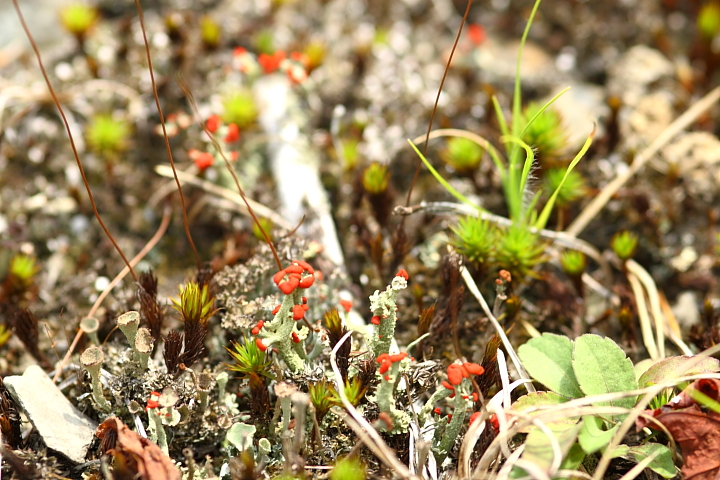
soldier lichen
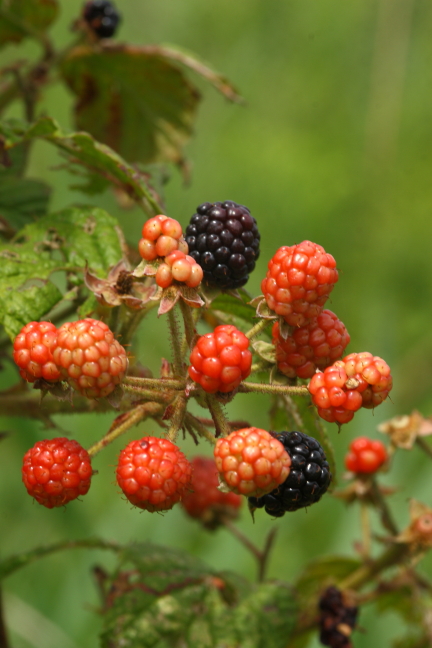
blackberries, pre-consumption image (smile)
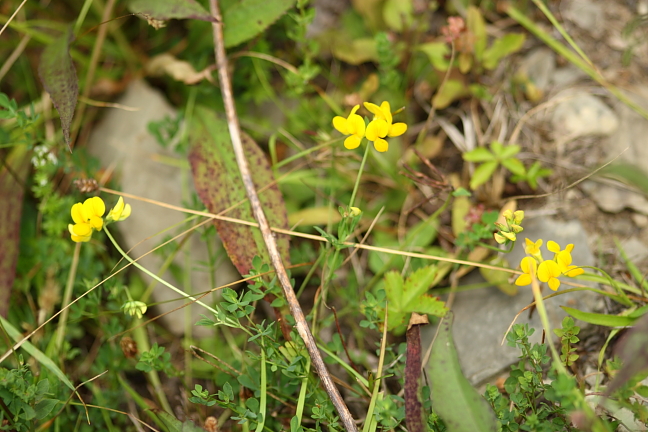
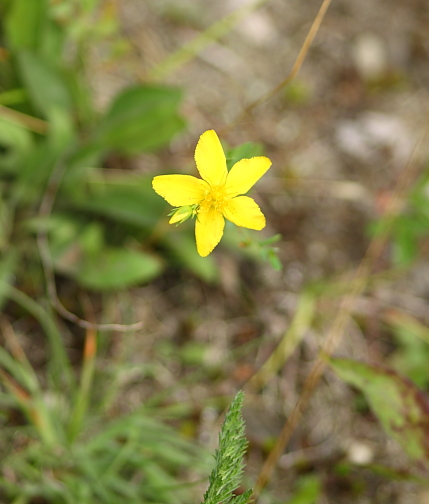
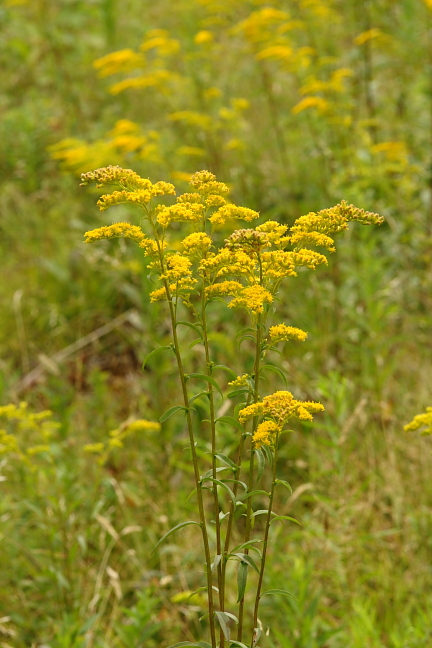
goldenrod, several varieties grow in wetlands and dry areas where orchids grow
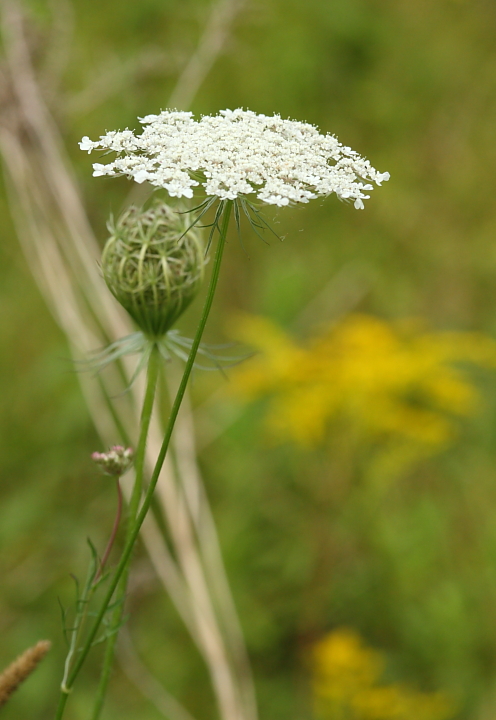
queen-anne's lace
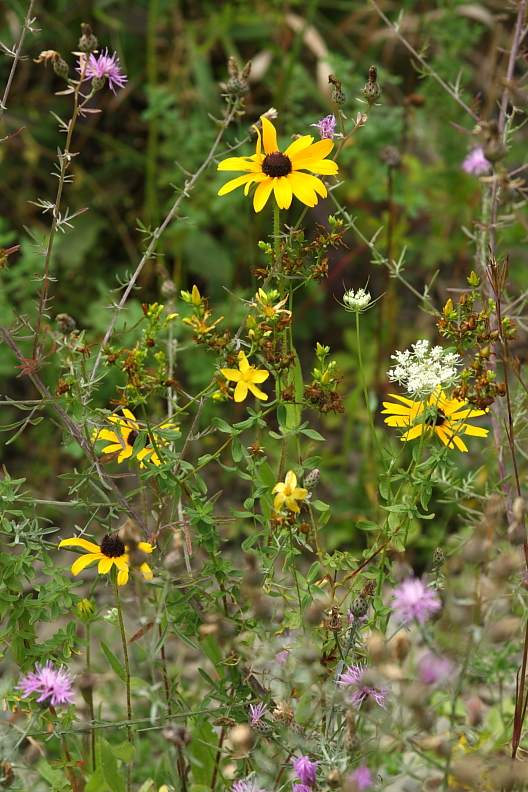

merge image of the old ski area above the orchids. you can see the old chair lift. in the upper left side of the first/left image you can see Bard and Ken walking up the trail
this is the end of the cortland county pictures, i'll post the adirondacks/rt 10 pictures in a reply post below
in new york state (cortland county). little did I know that the morning would be a little less than calm... was stuck in slow gear and was late getting
out the door and had to drive over an hour over hill and dale to get to this far distant hilltop; no interstate highways between here and there. using
my trusty delorme atlas I found a 'shortcut' and turned onto it. a few miles down the road I saw a detour sign.. (sigh). went a little ways, and the road
started turning the opposite direction from where i wanted to go! (good job charles) I stopped to check out the map to see where the road was going,
not good. got back on the road, noticed was steering poorly; stopped near a barn, had a flat tire! (sigh and head shake) found a screw in my front
tire... I put a tire plug in the hole and started pumping the tire back up with my tiny air pump that plugs into the cigarette lighter; tire is halfway
pumped up, the pump breaks! hmmmmmm... I look at the map again and decide to drive slowly to some sort of civilization (i'm way out there in the
middle of sticksville) and use a gas station air pump to finish filling the tire and head to the meeting spot. I get to the nearest 'town' and they don't
have a gas station. I get cell phone reception, hear Ken asking me "where the heck are you?"; I try to call, no luck phone turned off. so, up to the
orchid spot with a half-filled tire. I get there and there's a long gravel road down to the spot; lucky I have my mountain bike on the back of the car.
gear up, ride perilously down the path to the spot; Ken says 'we just got here five minutes ago!'. later on I stopped at an auto parts store just before
they closed, and they had small air pumps on sale (cha-ching!)
the orchids were in a scraped area in a hollow of a tall hillside, actually at about 1800' above sea level. the area used to be a ski area and had remnants
of such and different corrals probably used for horse; may have been a private dude ranch and ski area back in the mid-1900's but long shut down. spiranthes
casei can be found in the upper adirondack mountain park and in new england, and in this distant station of cortland county which is about as high as the
other locations east of it. the elevation keeps the temperature cooler (or maybe more importantly not as extremely high as other areas). extreme high
temps do in a lot of native orchids that are found to the north, like cypripediums. casei can be found in spots that have been cleared of topsoil and don't
support many other plants, meaning that there can be openings for these plants to grow up without being shaded or crowded out by the plants around
them. usually the soil is packed clay and this spot has a thin layer of packed soil over the shale that is commonly found in this part of central upstate ny.
casei used to be called 'the northern variety of spiranthes vernalis', which is found along the coast of new england/ny and down south. though superficially
similar, vernalis usually much larger both in plant and flower size

typical casei site presentation

once you've seen a few different spiranthes in situ, you can sort of tell when you are looking at a casei at a little distance. the flowers present very close together,
are small and there is quite a bit of green between the white spiral up the stem. with a quick glance you can often recognize a casei plant

nice plant viewed from below with sky as backdrop

the top sepal of casei hangs closely over the top of the throat of the flower and if you can manage to look underneath the lip, it will be sort of butterscotch yellow.
also if you crush a flower it can have a bitter fragrance. the front opening of the flower is usually very constricted by the convergence of the petals and sepals.
the flowers of spiranthes cernua, for instance which flowers often nearby and a little later on, flare very widely open and the top sepal flares upwards sharply rather
than tipping down over the throat towards the lip

soldier lichen

blackberries, pre-consumption image (smile)



goldenrod, several varieties grow in wetlands and dry areas where orchids grow

queen-anne's lace


merge image of the old ski area above the orchids. you can see the old chair lift. in the upper left side of the first/left image you can see Bard and Ken walking up the trail
this is the end of the cortland county pictures, i'll post the adirondacks/rt 10 pictures in a reply post below




